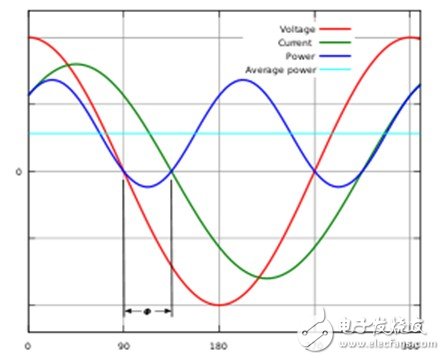Power factor has never been a problem. In the past, there were regulations in the country that power factor requirements were required for power exceeding 75 watts (until now, there is no power factor requirement for laptops below 75 W). So there has never been any power factor requirement for the luminaire. Just like fluorescent lamps, the power factor is very poor, no one has ever put forward any opinions, and the state has not made any demands. Later, with the energy-saving lamps, although the country put forward a request, it is very loose, and it has requirements for more than 15 watts, while most of the energy-saving lamps are less than 15 watts. So it is equal to no request. Only after the emergence of LED lamps, but strictly required, only 5 watts or less is not required, 5W or more must require power factor of 0.7. In addition to the small MR16 spotlights, which are 3 watts, most of the LED luminaires are more than 5 watts. So this rule just caught the neck of the LED. So let's take a closer look at the power factor problem!
one. What is the power factor?
We know that all generators are rotating machines and the resulting voltage is a sine wave. This is what we call AC. One of the advantages of AC power is that it can be changed by a transformer to change its voltage, and it can be raised to hundreds of thousands of volts for long-distance transmission to reduce the loss in transmission. After the destination, it will be reduced to become our common city. Electricity. Our current utility is 220V, 50Hz AC. In electrical engineering, alternating current can be represented by vectors. The vector can represent voltage as well as current. For a purely resistive load, the voltage and current are in phase, while for a pure capacitive load or a purely inductive load, the current and voltage are out of phase, but have a phase angle of 90 degrees, or phase difference. In a purely inductive load, the voltage on it is 90 degrees ahead of the current, while the voltage on the pure capacitive load is 90 degrees behind the current.
If we use a waveform, the voltage is usually expressed as a cosine wave. If the current lags behind the voltage, it is an inductive load. The leading voltage is a capacitive load.

Figure 1. Relationship between AC voltage and AC current for inductive loads
Because virtually no pure and pure capacitors exist, the actual load can only be called an inductive load or a capacitive load. At this time, there is an angle φ between the AC voltage and the AC current. For the inductive load, we call this angle φL, and for the capacitive load, the angle is called φC. (See Figure 2)
AC voltage
AC current of pure capacitive load
Pure inductive load AC current
AC voltage
AC current of actual capacitive load
Actual inductive load AC current
φC
φL

Figure 2. Vector representation of inductive and capacitive load voltages and currents
The power is equal to the product of voltage and current, but only for purely resistive loads (voltage and current are in phase), and for inductive or capacitive loads, the vector of current is projected onto the voltage vector (horizontal axis). That is, multiply by cosφL or cosφC. We usually refer to this cosφL or cosφC as the power factor.
However, since this angle can be positive or negative, the power factor can also be positive (inductive load) or negative (capacitive load).
But when we use vectors to represent voltage and current, the premise is that their frequencies must be identical. And it is in a linear system.
In linear systems we also express the power factor as the ratio of active power to apparent power. The so-called active power is the product of the voltage and current rms value of the same phase as the current. The apparent power is the "power" obtained by directly multiplying the effective values ​​of the voltage and the current without considering the phase difference therebetween. The ratio of the two is obviously the cosine cosφ of the phase angle mentioned above.
A battery charging contact consists of a base plate, which is installed on the floor or laterally at a bracket adjacent of the AGV runway, and a current collector which is installed on the vehicle.
A Battery Charger supplies current to the base plate. Once the AGV is in charging position and the collector has made contact with the base plate, the AGV computer turns on the current.
The base plate has chamfered entry/exit ramps to facilitate smooth drive-on/drive-off of the spring loaded collector.
Battery Charging Contacts,Agv Battery Charging Support,Charging Contacts For Battery,200A Battery Charging System
Xinxiang Taihang Jiaxin Electric Tech Co., Ltd , https://www.agvchargers.com
